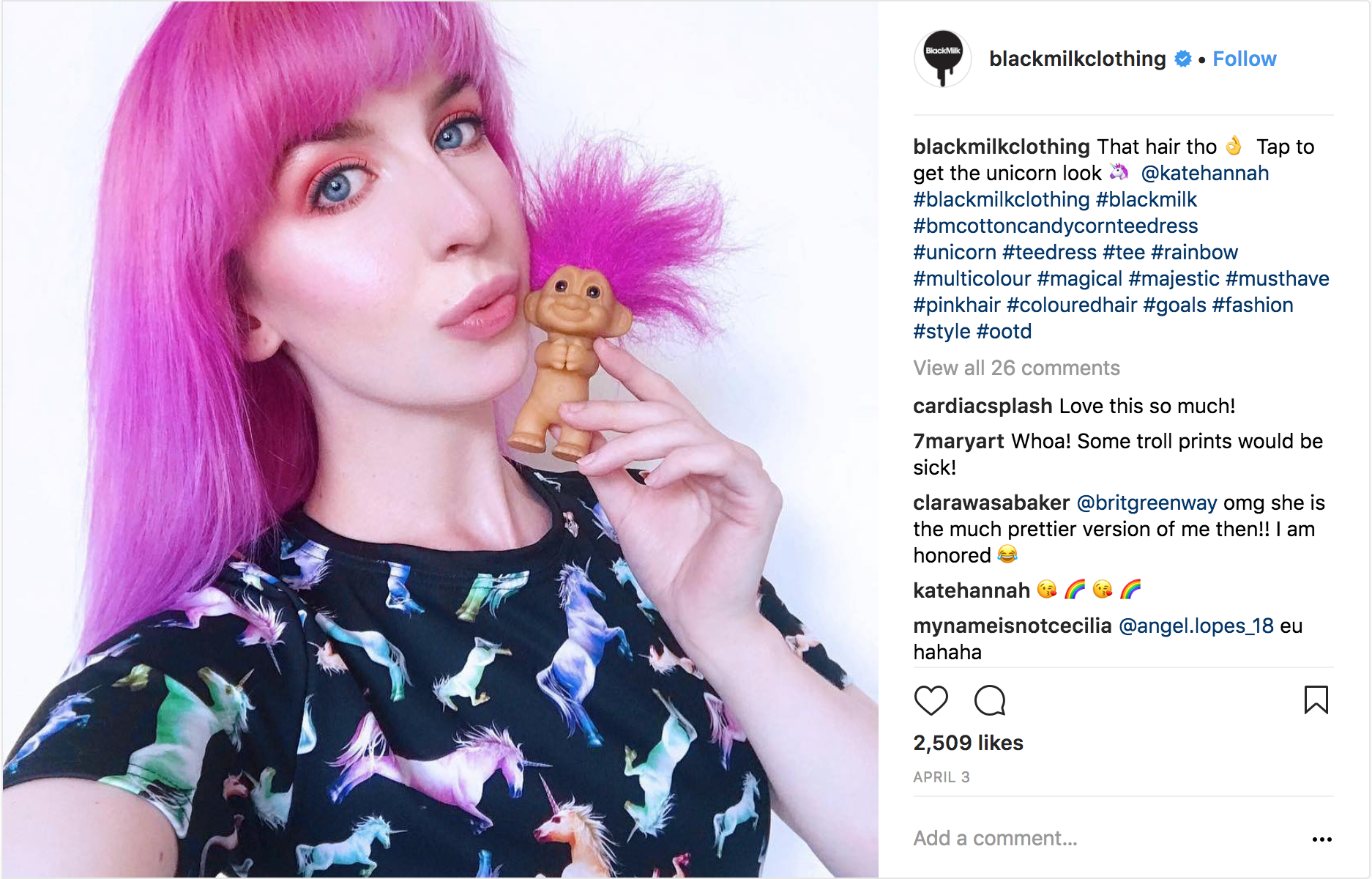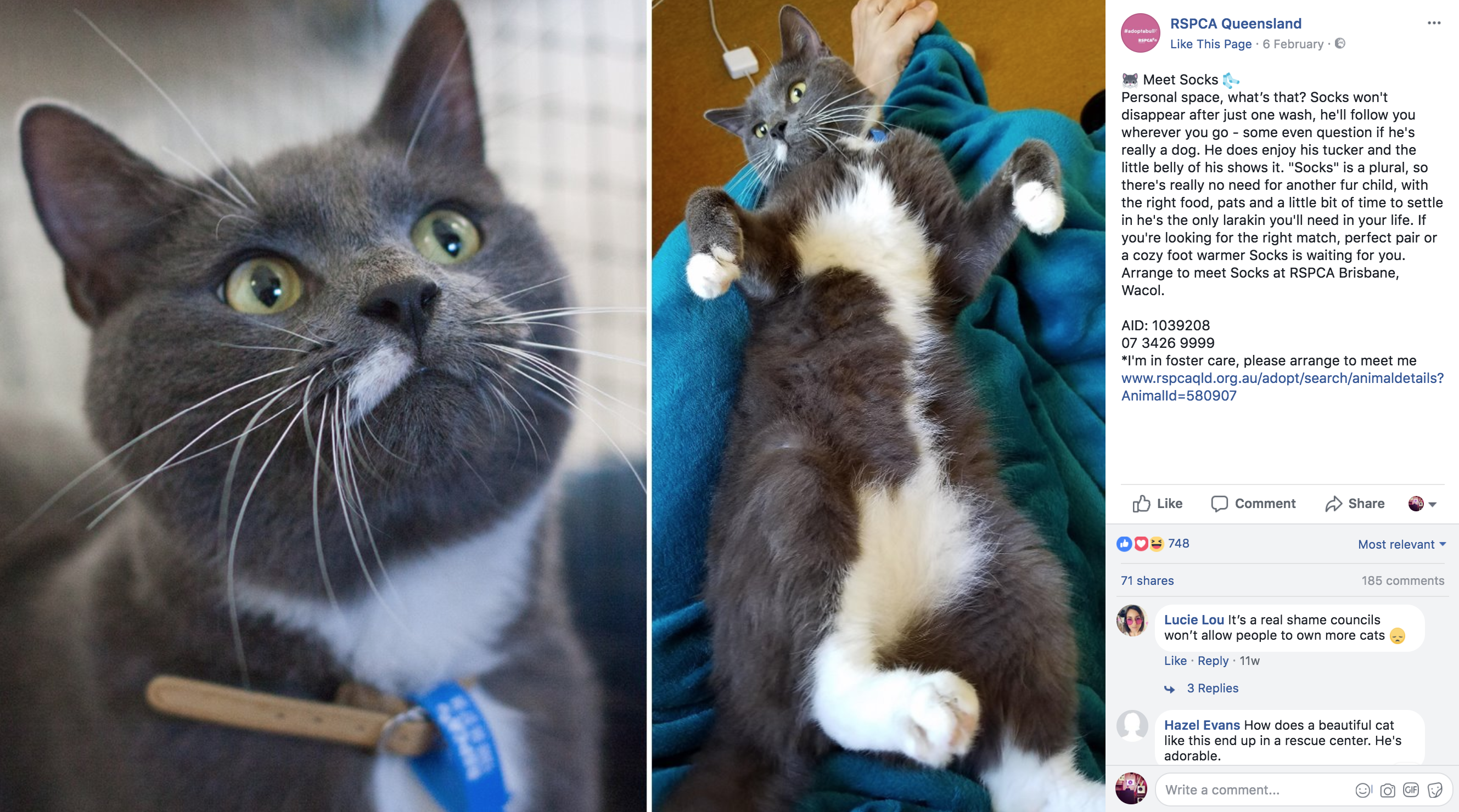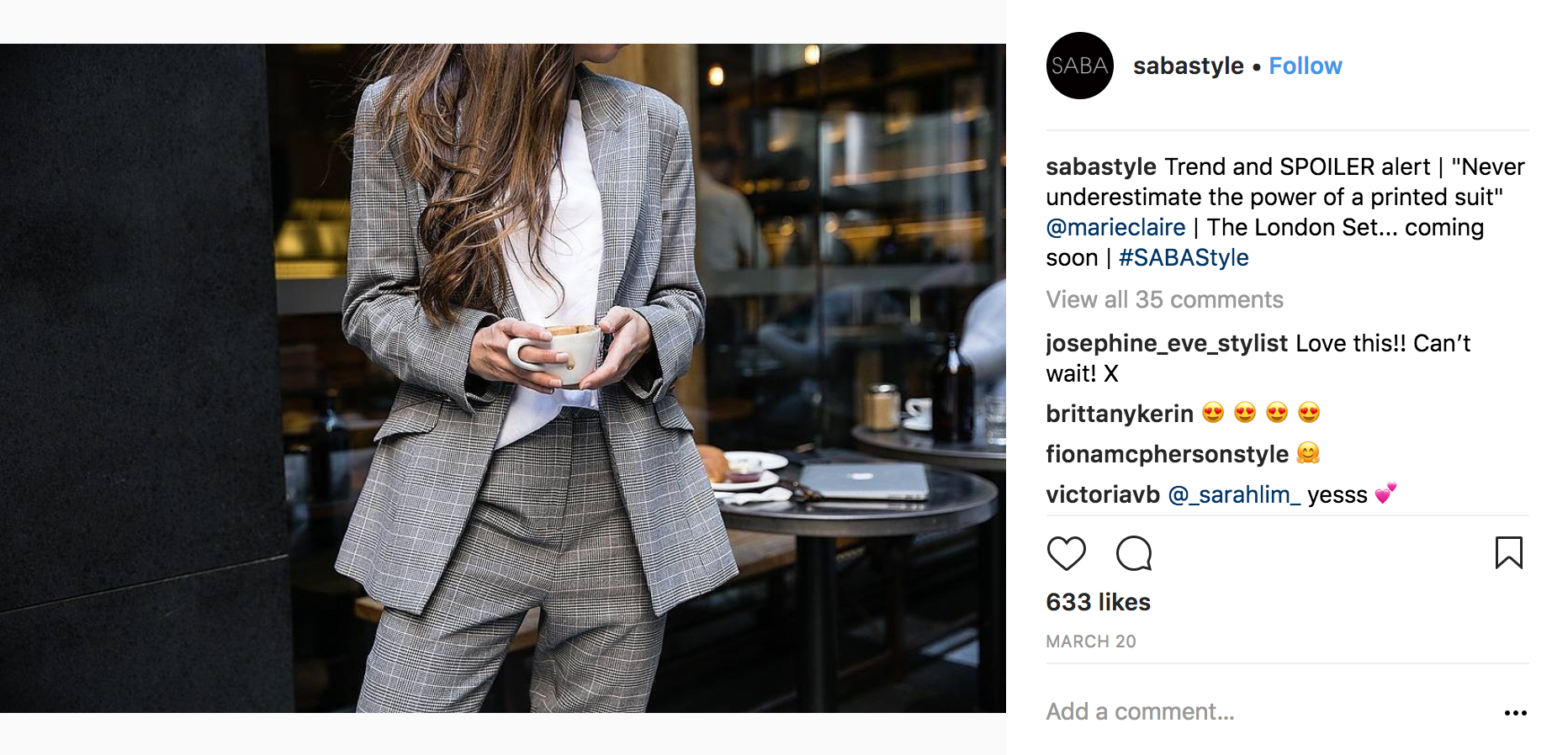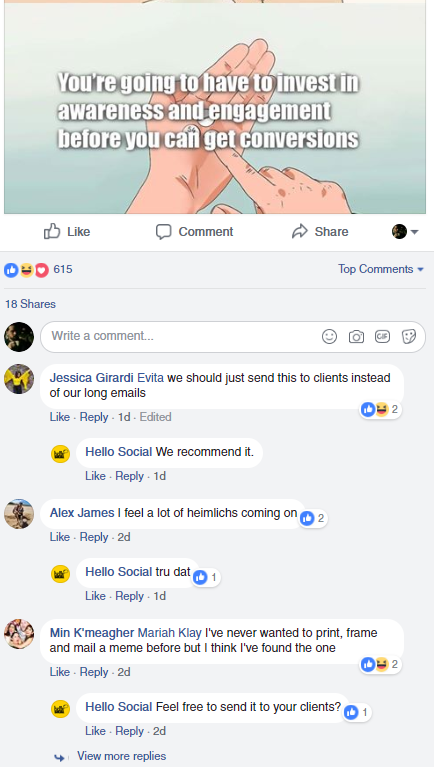Find Your Brand’s Voice & Tone On Social Media
Find your brand voice & tone on social media with our simple guide, plus useful examples of brands that get tone of voice just right. Striking the right tone on social media can be difficult. Don't get stuck in a rut of awkward sales spiel. Learn how to relate to fans and followers naturally online.
Are you speaking your customers’ language?
Listen: it’s not always laser-targeted optimisation or ads that seals the deal with your audience.
It’s your voice.
In fact, brand voice is possibly one of the most important yet overlooked aspects of marketing today.
Take a step back think about those brands out there that just plain seem to get it when it comes to social media.
Their captions are witty. They always seem to know what to say.
Oh, and each and every post gets tons of love from their followers. No matter what they post, they just seem to knock it out of the park.

This sort of success isn’t an accident: it’s the result of a refined brand voice that speaks to customers.
The good news? Fine-tuning your brand voice is a lot easier than you might think.
And whether you’re not even sure what your brand’s voice is or you’re feeling a bit tone deaf, we’ve outlined a quick, step-by-step process for figuring out your own.
What Exactly is Brand Tone of Voice, Anyway?

Now, if you’re not 100% sure what the heck your “voice” or “tone” is in a marketing context, you’re not alone.
Many marketers use the terms interchangeably, although they aren’t exactly the same.
While the tone of your social posts might be humorous, professional or even personal, your voice goes beyond the flavour of your content.
Here’s a brief “kitchen table” definition of what we’re talking about:
Brand voice represents the combination of your business’ attitude, values and personality.
When you take to social media to share something with your customers you’re not just posting a piece of content: you’re sending a message. How people respond to that message is determined by your brand voice.
This post from Australia’s own Lorna Jane is a shining example of letting your voice shine. Not only does the brand put their positivity on display, but reinforces their goal of empowering their customers.

This post from Luna Park is another subtle example of brand voice in action. The park’s posts all scream “fun,” while also tapping into customers’ sense of nostalgia and the goal of making memories.

Why Your Brand Voice Matters
“Okay, but what does this voice stuff mean for my business?”
Fair question. Thinking about brand voice in a vacuum may not seem like a big deal, but consider the following…
You Can Speak to More Customers
Let’s say you’re trying to tap into a totally new audience of customers. What speaks to twenty-somethings isn’t always going to speak to baby boomers.

When targeting new demographics, you’ll likely need to switch up your voice so your messaging doesn’t totally fall flat.
A Distinct Voice Drives Conversation
When what you post resonates with followers, you reap the rewards in the form of shares, likes and comments.

Making a positive impression on followers through messaging spells good news for both your follower count and sales. People are more likely to financially support brands that share their values, and demonstrating those values starts with finding your voice.
People Are More Likely to Remember You
If nothing else, a distinct voice helps you stand out from the pack. We’re all trying to survive a marketing climate with tons of competition and endless social posts for our customers to sift through.
When you parrot what everyone else is saying, you stand to be lost in the noise.
But when you take the time to refine your voice (and perhaps even take the occasional risk), you’re much harder to ignore.
How to Develop Your Brand Voice
Chances are your brand does have a voice already, it’s just a matter of putting it out in the open.
And for those who haven’t given their social media tone of voice a second thought, don’t panic.
Below we’ve outlined some actionable steps and brand voice examples to get you started speaking your customers’ language ASAP.
Tip #1 – Take a Look at Your Current Customers
Despite popular belief, your brand voice isn’t all about you.
It’s about your customers.
Their wants and needs. What cracks them up and what makes them bash their heads against the wall in frustration.
Whether you’re trying to tap into pain points or tickle their funny bone, understanding your customers’ personas is key to refining your own.
Pos
ts like this one from Oz Hair & Beauty do double duty of not only showing the brand’s lighthearted nature and subtly noting how their products can help. Any type of post that gets your audience to nod in agreement is always a plus.

Rethinking your voice is a prime time to also reflect on your current customer persona. If you’ve never created a persona for your target audience before, free tools like Xtensio are a major help.
Tip #2 – Be Open and Personal
Customers today crave a sense of authenticity from brands. This means fewer polished marketing messages and taking advantage of opportunities to “get real” with your audience.
Whether through storytelling or simply showing the face behind your brand, people appreciate it when brands couple their marketing with a personal touch.
You don’t necessarily have to tell some sort of rags to riches struggle story to get audiences to respond to your voice, either. Something as simple as a behind-the-scenes office shot or showcase of your office pet are totally fair game.
Or in the case of RSPCA Queensland, you can tug at your followers’ heartstrings and use animals.

Sometimes your audience needs to be reminded that you see them as more than just potential dollars and cents. An authentic voice displays that you respect your customers’ time, attention, and most importantly, business.
Tip #3 – Sometimes “Less” is “More”
Piggybacking on the last tip, it’s important to remember that at the end of the day you are a business.
As such, don’t let personal details distract from whatever it is you’re trying to sell. Sometimes it pays to take a minimalist approach to your voice, letting your product or service sort of speak for itself.
Think about fashion brands or people in the entertainment industry. Much like a magician that doesn’t reveal all of their secrets, they maintain an aura of authority because they’re a bit mysterious.

The takeaway here is you can make a lasting impression by not totally pulling back the curtain. If you’re not always 100% sure what to say, that’s totally fine. Let your product do the talking.
Tip #4 – Get on Your Customers’ Level
The beauty of modern social media is that brands can go back-and-forth in real-time with customers.
This opens up opportunities for meaningful conversations, not just stuff customer service speak.
Again, people want to be treated like more than mere followers or data points. Effective community management is key to both providing awesome service and displaying your brand voice.
And not to toot Hello Social’s own horn, but check out what brilliant back-and-forth with followers looks like in action:

Speaking directly to customers is a surefire way to get your voice out there. Given that today’s customers expect a swift response from brands, don’t neglect the power of a simple comment-back.
Tip #5 – Avoid Extremes
“Be yourself” might sound like cliche, grade-school advice, but it rings true here. If there are any brand tone of voice guidelines you should follow, avoiding extremes is definitely one of them.
Some brands make the mistake of going too far for the sake of making themselves heard. They see the success of the likes of Moonpie, who’ve risen to flame from roasting people on Twitter, and think they can copycat their success.

That’s all well and good, but not the sort of strategy 99.9% of brands could pull off effectively.
Moonpie is somewhat of an anomaly in terms of tone of voice examples. The reality is that bigger brands can get away with this sort of thing: your average marketer on the block cannot.
Meanwhile, don’t make the mistake of mindlessly copycatting other brands and trends for the sake of standing out. Tacking on the #MeToo hashtag to your sales-related Tweet isn’t going to make you seem “woke,” but rather invite a PR dumpster fire. Feel free to support causes, but do so in a way that’s tasteful.
Here’s the deal: you don’t need to be the funniest brand in the room, nor to do you have to be the loudest. Doing so only sets you up to isolate potential customers.
Instead, strive to find that middle ground between letting people know your human but you also mean business. You can crack jokes or take a stand on issues and still make sales, after all. Finding that sweet spot might take some time, but it’s worthwhile in the long-run.
Has Your Brand Found It’s Voice?
Creating a brand voice doesn’t have to be rocket science, but it’s an often overlooked aspect of marketing that deserves your attention. From increasing sales to boosting your social numbers, having a distinct, your brand’s tone of voice has a big-picture impact on your business’ goals. No matter you’re trying to communicate to customers, make sure you do so loud and clear.







